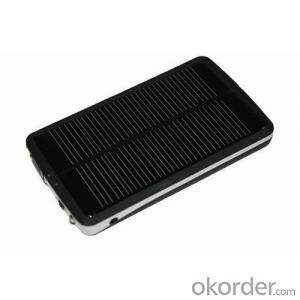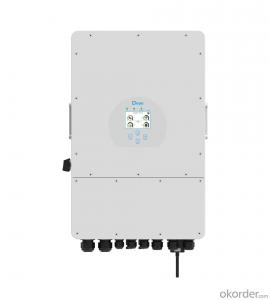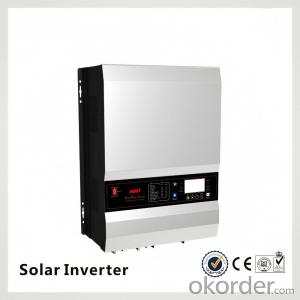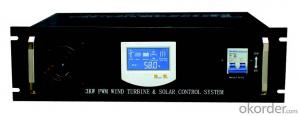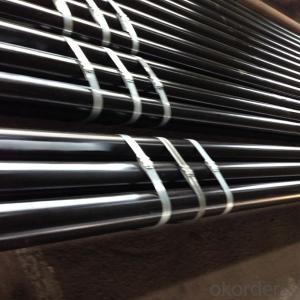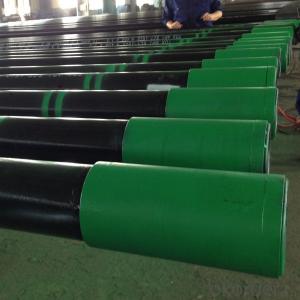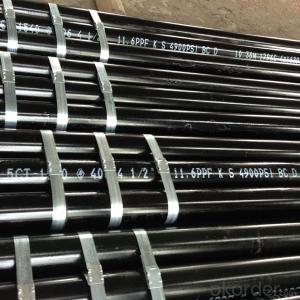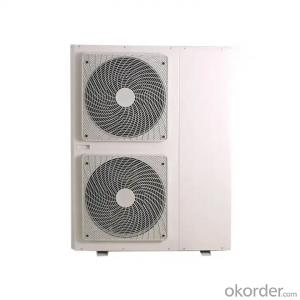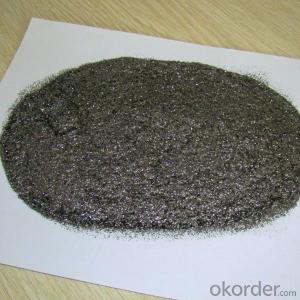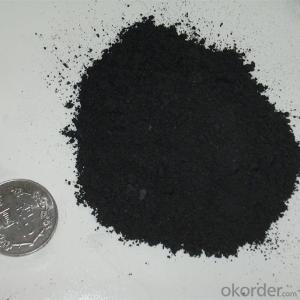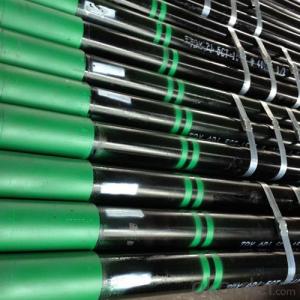Top 10 Solar Hybrid Inverter
Top 10 Solar Hybrid Inverter Related Searches
Top 10 Hybrid Solar Inverter Best Solar Hybrid Inverter Best Hybrid Solar Inverter Best Solar Power Inverter Best Solar Inverter Hybrid Solar Inverter Solar Hybrid Inverter Top Solar Inverter Best Hybrid Solar Inverter Uk Hybrid Solar Power Inverter Best Inverter Solar Buy Hybrid Solar Inverter The Best Solar Inverter Solar Inverter Hybrid 10kw Solar Hybrid Inverter Best 10kw Solar Inverter Best Solar Battery Inverter 10kw Hybrid Solar Inverter 10 Kw Hybrid Solar Inverter Inverter Solar Hybrid Top 10 Off Grid Solar Inverter Solar Inverter Hybrid 10kw Hybrid Solar Inverter 10kw Best Solar Inverter For Home Solar System Hybrid Inverter 10kva Solar Hybrid Inverter World Best Solar Inverter Best Inverter For Solar Best Home Solar Inverter Hybrid Inverter SolarTop 10 Solar Hybrid Inverter Supplier & Manufacturer from China
The Top 10 Solar Hybrid Inverter is a collection of high-performance inverters that are specifically designed to optimize the efficiency and output of solar energy systems. These inverters are engineered to seamlessly integrate with solar panels, batteries, and other components, ensuring a reliable and efficient power supply. They are known for their advanced features, such as smart control and monitoring capabilities, which help users to maximize their solar energy generation and storage.The Top 10 Solar Hybrid Inverter is widely used in various applications, including residential, commercial, and industrial settings. These inverters are particularly beneficial in off-grid and hybrid systems, where they provide a stable power supply by combining solar energy with other energy sources such as batteries or generators. They are also used in grid-tied systems to ensure a continuous power supply during grid outages, making them an essential component for reliable and sustainable energy management.
Okorder.com is a leading wholesale supplier of the Top 10 Solar Hybrid Inverter, offering a vast inventory of these high-quality inverters to customers worldwide. With a commitment to providing top-tier products and exceptional service, Okorder.com ensures that customers have access to the latest and most efficient solar hybrid inverters on the market. This extensive selection allows customers to find the perfect inverter to meet their specific energy needs and requirements, making Okorder.com the go-to source for solar hybrid inverters.
Hot Products








